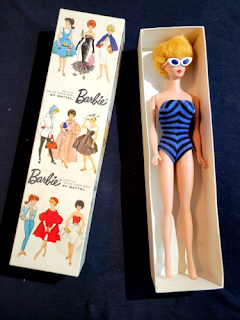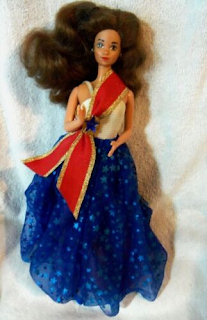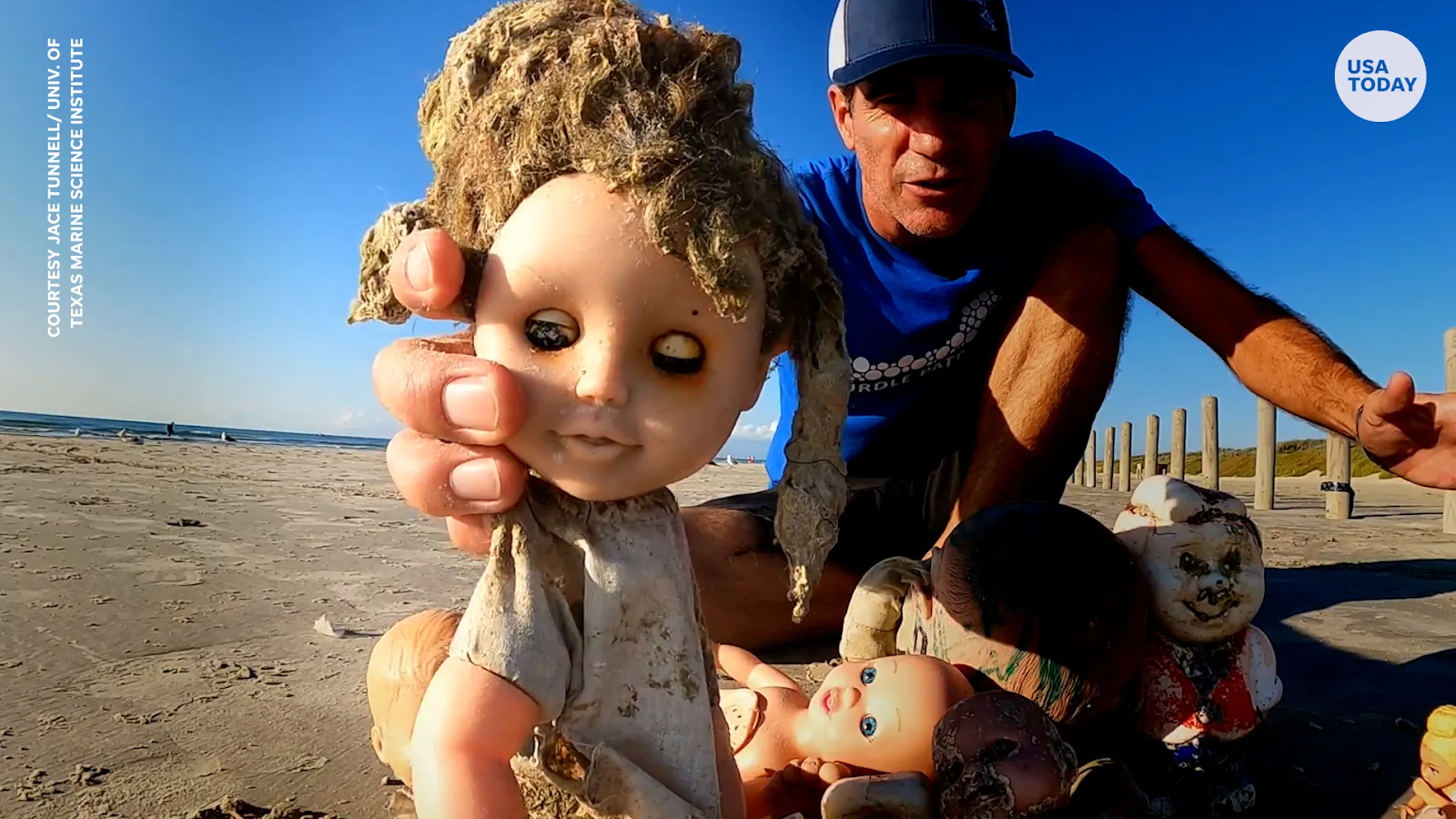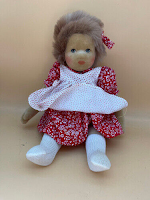Doll making is a fascinating art form that has been prevalent in various cultures throughout history. In America, doll making has evolved over time, and two of the most well-known dolls in American culture are American Girl and Barbie dolls. In this blog post, we will delve into the history of doll making in America, with a particular focus on American Girl and Barbie dolls.
Early Doll Making in America
The earliest American dolls were made by European immigrants in the late 18th century, and these dolls were often made of cloth or wood. However, the first commercially produced dolls in America were made in the mid-19th century by the German immigrant company, the Schoenhut Piano Company. These dolls were made of wood and were known for their high quality and durability.
The popularity of dolls continued to grow, and in the early 20th century, dolls made of composition (a mixture of sawdust, glue, and other materials) became popular. In the 1950s, dolls made of hard plastic became the norm, and these dolls were produced on a massive scale. One of the most iconic dolls of this era was the Barbie doll, which was introduced by Mattel in 1959.
The Rise of American Girl Dolls
In 1986, Pleasant Rowland, a former schoolteacher, founded the Pleasant Company, which later became known as American Girl. Rowland had noticed that there were few dolls on the market that reflected American history and culture, so she set out to create a line of dolls that did just that.
The American Girl dolls were unique in that they were accompanied by books that told stories about the lives of the dolls and their historical eras. The dolls themselves were made to be high quality and durable, with realistic hair, clothing, and accessories. The first American Girl doll, Kirsten, was introduced in 1986, and the line quickly became popular.
Today, American Girl dolls are still popular, and the line has expanded to include a wide range of dolls, books, and accessories. In 2019, American Girl reported sales of over $500 million.
Lidia's Dolls makes dresses for the American Girl 18" sized dolls. This is a standard size for other similar dolls, like Our Generation and others. The size of the doll is the same as our rag doll, so the dresses we make are interchangeable.
The Enduring Popularity of Barbie Dolls
Barbie dolls have been a cultural icon for over six decades. Created by Ruth Handler, one of the founders of Mattel, the Barbie doll was introduced at the New York Toy Fair in 1959. The doll was an instant success, and by the end of the first year, over 350,000 Barbie dolls had been sold.
Over the years, Barbie has undergone many changes and transformations, reflecting the cultural and societal changes of the time. Today, Barbie is still one of the most popular dolls in the world, with sales of over $1 billion annually.
Biography of Ruth Handler, the inventor of the Barbie doll.
Ruth Handler was born Ruth Mosko on November 4, 1916, in Denver, Colorado. She was the youngest of 10 children born to Polish-Jewish immigrants. Ruth's father died when she was just a child, and her mother struggled to support the family. Despite these challenges, Ruth was a bright and ambitious student and excelled in school.
After graduating from high school, Ruth attended the Art Center College of Design in Los Angeles, where she met her future husband, Elliot Handler. In 1939, Ruth and Elliot, along with their friend Harold "Matt" Matson, founded a small business called Mattel Creations. The company initially produced picture frames, but soon expanded into making dollhouse furniture.
In the 1950s, Ruth and Elliot noticed that their daughter, Barbara, often played with paper dolls and imagined herself in different roles. This observation inspired Ruth to create a three-dimensional doll that could represent different careers and lifestyles. She named the doll after her daughter and called her Barbie.
The Barbie doll was unlike any other doll on the market at the time. She had a slender figure, long blonde hair, and was dressed in fashionable clothing. Ruth believed that the doll could inspire young girls to think about their own futures and aspirations.
The Barbie doll was introduced at the New York Toy Fair in 1959 and was an instant success. The doll quickly became a cultural icon and has remained popular for over six decades. Ruth continued to work for Mattel for many years and became the company's first female executive.
In addition to her work with Mattel, Ruth was also a breast cancer survivor and an advocate for women's health. In 1977, she co-founded the Ruth R. Handler Research Center at the City of Hope National Medical Center in Duarte, California, which focused on breast cancer research and treatment.
Ruth Handler passed away on April 27, 2002, at the age of 85. She left behind a legacy as a trailblazing businesswoman and an innovator in the world of toy design. The Barbie doll continues to be a cultural touchstone and a source of inspiration for generations of children around the world.
Conclusion
Doll making has a rich history in America, and two of the most iconic dolls in American culture are American Girl and Barbie dolls. While both dolls are very different in terms of their design and marketing, they have both endured as cultural touchstones for generations of children. Whether it's the realistic historical storytelling of American Girl dolls or the ever-evolving fashion and pop culture of Barbie dolls, these dolls continue to capture the imagination and inspire creativity in children and adults alike.










